This guide has not yet been updated for the current season. Please keep this in mind while reading. You can see the most recently updated guides on the browse guides page
 Thank You!
Thank You!
Your votes and comments encourage our guide authors to continue
creating helpful guides for the League of Legends community.
Recommended Items
Spells:

Flash

Exhaust
Items
Ability Order


Gathering Fire (PASSIVE)
Karma Passive Ability
Threats & Synergies
 Threats
Threats
 Synergies
Synergies
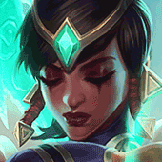 Show All
Show All
 Extreme Threats
Extreme Threats

 Ideal Synergies
Ideal Synergies

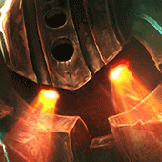
Nautilus
Support
This lane is really hard for you to gain any advantage in lane. The amount of CC that Nautilus provides is insane and attempting to trade back is futile. Any poke on him is generally not worth your time so try and focus your efforts on the enemy marksman. Hide behind minions to avoid his pre-6 engage. Once he gets his ultimate, however, being in range of this targeted ability can easily result in death. If you get targeted, be sure to avoid being near your laning partner as that can be even more disastrous.

 Synergies
Synergies
Introduction
Personally, Karma is a very fun champion to play despite her relative simplicity. This simplicity, however, also begets a level of mastery required to play Karma to a high standard. Considering this, she can be picked up by both beginners and veterans of the game/bottom lane alike.
Picking Karma, she can fit into most team compositions as she excels in empowering her teammates to carry. She can fit well into both engage and disengage compositions and does really well when there are already forms of initiation available on the team. Even with weaker team compositions without tanks, the amount of defensive capabilities can sometimes be hidden by her shields.
Within this guide, also features general support guidance and tips that can apply for all supports, such as warding, positioning, macro game etc.
 Merciless
or
Merciless
or
 Meditation
:
Meditation
:
 Bandit
or
Bandit
or
 Dangerous Game
:
Dangerous Game
:
These two options are both viable in their own right but have completely different uses. It can be argued either way which one is more valuable, though personally, my choices goes towards
 Precision or
Precision or
 Intelligence
:
Intelligence
:
Considering a focus on utility,
 Thunderlord's Decree
or
Thunderlord's Decree
or
 Windspeaker's Blessing
:
Windspeaker's Blessing
:
As stated previously, the decision for masteries in this guide is based on which provides the most utility. As such the extra shield points and resistances gained from
Ferocity tree or Resolve Tree:
The extra 12 points can be placed either in Ferocity or Resolve. Ferocity provides extra damage/aggression for both you and your team, where you would take points in most notably
 Eye of the Watchers/
Eye of the Watchers/ Frost Queen's Claim
Frost Queen's Claim
These two items are the two variations that you can decide between for your final support item upgrade.
 Locket of the Iron Solari:
Locket of the Iron Solari:
While at first glance, this item may be only considered niche for its magic resist aura, but
 Mobility Boots:
Mobility Boots:
Upgrading boots can generally be decided on what is necessary for the game, but
 Mikael's Blessing:
Mikael's Blessing:
This item provides a niche active component in
 Athene's Unholy Grail:
Athene's Unholy Grail:
Another
 Zeke's Harbinger:
Zeke's Harbinger:
An item designed to heavily increase your marksman's damage, buying this item to snowball can be incredibly dangerous to the enemy in both skirmishes and teamfights. This item has useful stats, most notably some extra armor if necessary when up against heavy AD comps. The active component links you with a teammate where within proximity from each other, charges are gained up to 100 stacks. Once 100 stacks are gained, both you and the linked target gain 50% crit chance and 20% increased ability power. While this should be linked to your marksman, make sure you switch your linked teammate if required as switching is only on a 60 second cooldown.
 Ardent Censer:
Ardent Censer:
This item can go hand in hand with
 Zhonya's Hourglass:
Zhonya's Hourglass:
A little bit more situational for a support item,
Important notes/tips to consider:
A lot of support items have cooldown reduction attached to them. Going over the 40% cooldown reduction cap is generally not something to worry about in terms of inefficiency as the items listed above have their own usefulness that transcends being a tiny bit gold inefficient.
Maxing  Inner Flame (Q) or
Inner Flame (Q) or  Inspire (E)
Inspire (E)
Playing support
The match up in lane is the first obvious aspect to look into when maxing an ability. If we were to consider an enemy ap utility/caster support, note whether or not they have easy sustain in their kit; 'Is it possible to get pressure/poke through their sustain if I max q?'. If not, then maxing E may be the best option. Enemy supports like Soraka playing far back can often lead to wasting all your mana without leaving a dent on the enemy health bar.
'What resistances does the enemy have?'. This is a big one. If the enemy has opted for no magic resist in their runes i.e AP supports, then maxing Q can be exceptionally troublesome for the enemy just from base damage increase. There is also the opposite viewpoint of maxing E against these high risk, high reward supports, denying their damage/burst with a simple
'Who is my partner in lane?'. Taking note of who you're playing with is another important aspect. Not only in the type of champion, but in their playstyle/skill level. Maxing E would not be the best choice if there was no option for your lane partner to effectively trade or is not skilled enough in skirmishes. Maxing Q would alleviate a lot of pressure off of your marksman if they aren't up to the job of utilising the extra boost in
 Gathering Fire (PASSIVE):
Gathering Fire (PASSIVE):
This passive allows a lot of snowball potential if you're able to get lane advantage/pressure. Having
 Inner Flame (Q):
Inner Flame (Q):
Your main damage/poke ability. The damage output from this skill can be insane with extra levels. With relatively low cooldown and mana consumption, you become a straight up bully. Paired with
 Focused Resolve (W):
Focused Resolve (W):
A versatile spell, this can provide decent peel or engage in skirmishes and ganks. Early on, this isn't the easiest spell to pull off due to the danger you put yourself in waiting for the snare to activate. Using your
 Inspire (E):
Inspire (E):
Your defensive ability, this spell has a wide array of uses. Utilising your
 Mantra (R):
Mantra (R):
Her ultimate ability, it is important to note she has access to this skill at level 1. Empowering all of her abilities, each
 Soulflare (Mantra Q):
Soulflare (Mantra Q):
This ability can hurt. Having access to level 1 makes it really oppressive and can dish out really annoying poke early. This along with
 Renewal (Mantra W):
Renewal (Mantra W):
A hidden gem in her kit, this allows for some unexpected baits for the enemy. The key aspect is the heals gained from
 Defiance (Mantra E):
Defiance (Mantra E):
The ultimate teamfighting spell, this can soak up large amounts of damage from the enemy team. Being able to shield the entire team while providing movespeed has so many uses. It has great engage/disengage potential (think a mini-
Early game:
Karma's kit:
This is a major part of the game where Karma shines. Abuse your early damage potential at level 1 with
Warding:
Keeping vision in your lane is an absolute must as it allows you to safely pressure your lane without the ability of the enemy jungler or
If you are able to kill the enemy bot lane, try and use their down time to ward key parts of their jungle or help out mid lane. In terms of warding, getting a ward on their red/blue buff can open up opportunities for your team to ambush the enemy jungler. Otherwise, the absence of their jungler in the areas that you warded gives you the information that they may not be on your side of the map.
Mid game:
Karma's Kit:
Outside of lane, you will start using
Warding:
Transitioning into the mid game, whether you are ahead or behind, having your
Late game:
Karma's kit:
By this stage of the game, if it wasn't by the mid game already,
Warding:
You will have to start using your wards a bit more intelligently as the whole map will be open for you to control. Place your wards in areas that are contested: Baron, Dragon, flanks in extended sieges etc. As the game progresses, it starts to become more and more dangerous to ward on your own, even with







 38,907
38,907
 3
3










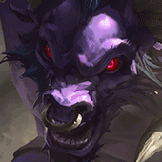
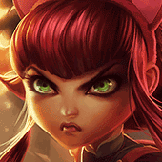
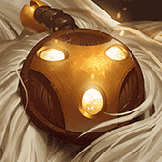
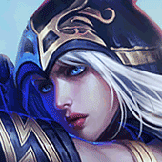


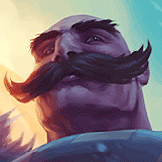
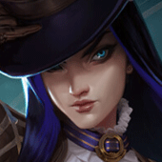
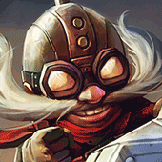
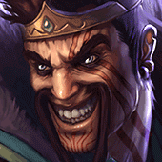
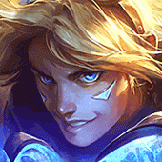
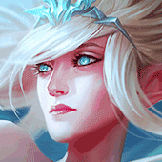
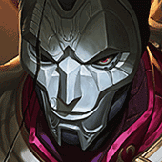

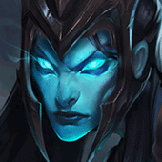
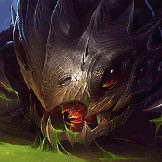

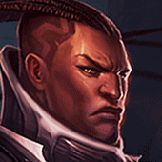
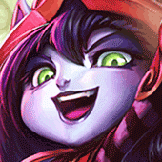

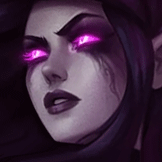
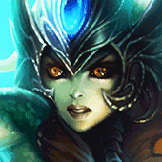
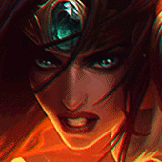
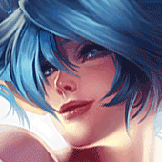
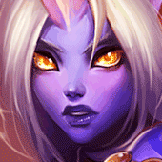
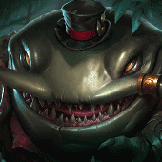

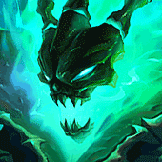


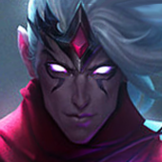
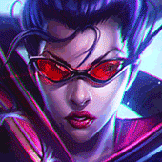
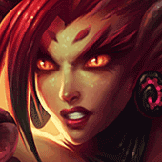












You must be logged in to comment. Please login or register.